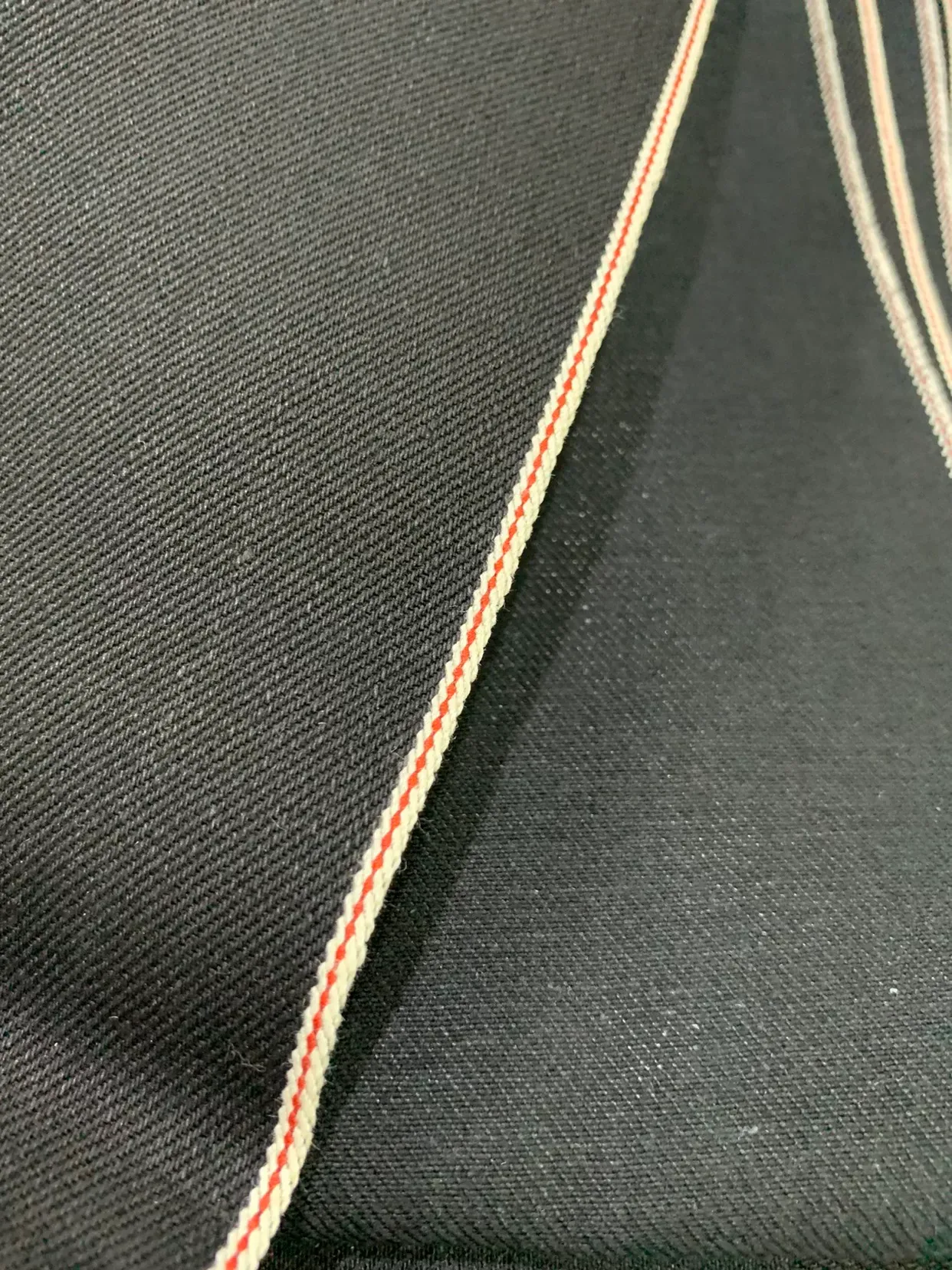The Timeless Appeal of Blue Indigo Dyes
Indigo dyes have been a cornerstone of the textile industry for centuries. The beauty of blue indigo jeans has never faded, making them a staple in wardrobes worldwide. The richness of blue indigo color continues to influence fashion trends, offering depth and versatility in clothing. Many manufacturers prefer dark indigo blue for its bold and durable appearance in denim production. With the rise of sustainable fashion, natural indigo powder is becoming a sought-after alternative to synthetic dyes. The demand for fabric dyed with indigo remains strong, as it provides a classic and eco-friendly option for clothing and textiles.

Blue Indigo Jeans: A Fashion Staple
The enduring popularity of blue indigo jeans proves that certain trends never go out of style. Denim lovers appreciate the versatility and durability of blue indigo jeans, which can be dressed up or down for any occasion. Manufacturers continue to experiment with different washes and finishes, but the essence of blue indigo jeans remains unchanged. Whether raw, distressed, or faded, the appeal of blue indigo jeans is undeniable, making them an essential part of everyday fashion.
Blue Indigo Color: The Classic Hue
The charm of blue indigo color lies in its rich, deep tone that pairs well with various styles and fabrics. Historically, blue indigo color has been associated with strength, tradition, and elegance. Many designers incorporate blue indigo color into their collections, embracing its timeless and adaptable nature. With advances in dyeing technology, achieving the perfect blue indigo color has become more efficient and environmentally friendly. Consumers continue to gravitate towards clothing featuring blue indigo color, reinforcing its lasting significance in the fashion industry.
Dark Indigo Blue: The Bold Choice
For those who prefer a deeper shade, dark indigo blue offers a striking and sophisticated look. This bold hue is particularly popular in premium denim and workwear, where durability and style go hand in hand. Many high-end brands favor dark indigo blue for its rich saturation and luxurious appeal. The depth of dark indigo blue allows for a range of stylish finishes, from sleek and polished to rugged and vintage-inspired. As consumer preferences shift towards darker washes, the demand for dark indigo blue garments continues to grow.
Natural Indigo Powder: A Sustainable Alternative
As the textile industry moves toward sustainable practices, natural indigo powder has gained widespread attention. Unlike synthetic dyes, natural indigo powder is derived from plants, making it an eco-friendly choice for conscientious consumers. Many artisans and manufacturers favor natural indigo powder for its organic composition and traditional dyeing techniques. The rising popularity of slow fashion has led to an increase in demand for natural indigo powder, as more brands seek to reduce their environmental footprint. The unique properties of natural indigo powder ensure that it remains a valuable resource for the fashion industry.
Fabric Dyed with Indigo: A Lasting Tradition
The process of creating fabric dyed with indigo has been practiced for centuries and remains an essential part of textile production. Many cultures have embraced fabric dyed with indigo for its rich hues and durability. The techniques used to produce fabric dyed with indigo have evolved over time, incorporating both traditional and modern methods. As consumers prioritize quality and sustainability, fabric dyed with indigo continues to be a preferred choice in clothing and home textiles. With its classic appeal and long-lasting vibrancy, fabric dyed with indigo remains a staple in the fashion and design industries.
Fabric Dyed with Indigo FAQs
Why are blue indigo jeans so popular?
Blue indigo jeans are timeless, durable, and versatile, making them a staple in casual and high-fashion wardrobes.
What makes blue indigo color unique?
Blue indigo color is rich and deep, offering a classic and elegant appeal that blends well with various fabrics.
How does dark indigo blue differ from regular indigo?
Dark indigo blue is a deeper, more intense shade that provides a sophisticated and bold look in denim and fashion.
Is natural indigo powder better than synthetic dyes?
Many prefer natural indigo powder for its eco-friendly and plant-based composition, making it a sustainable alternative to synthetic dyes.
Why is fabric dyed with indigo considered high-quality?
Fabric dyed with indigo is known for its long-lasting vibrancy and ability to develop a unique patina over time, enhancing its value.
-
The Timeless Art of Denim Indigo Dye
ಸುದ್ದಿJul.01,2025
-
The Rise of Sulfur Dyed Denim
ಸುದ್ದಿJul.01,2025
-
The Rich Revival of the Best Indigo Dye
ಸುದ್ದಿJul.01,2025
-
The Enduring Strength of Sulphur Black
ಸುದ್ದಿJul.01,2025
-
The Ancient Art of Chinese Indigo Dye
ಸುದ್ದಿJul.01,2025
-
Industry Power of Indigo
ಸುದ್ದಿJul.01,2025
-
Black Sulfur is Leading the Next Wave
ಸುದ್ದಿJul.01,2025

ಸಲ್ಫರ್ ಕಪ್ಪು
1.Name: sulphur black; Sulfur Black; Sulphur Black 1;
2.Structure formula:
3.Molecule formula: C6H4N2O5
4.CAS No.: 1326-82-5
5.HS code: 32041911
6.Product specification:Appearance:black phosphorus flakes; black liquid

Bromo Indigo; Vat Bromo-Indigo; C.I.Vat Blue 5
1.Name: Bromo indigo; Vat bromo-indigo; C.I.Vat blue 5;
2.Structure formula:
3.Molecule formula: C16H6Br4N2O2
4.CAS No.: 2475-31-2
5.HS code: 3204151000 6.Major usage and instruction: Be mainly used to dye cotton fabrics.

Indigo Blue Vat Blue
1.Name: indigo blue,vat blue 1,
2.Structure formula:
3.Molecule formula: C16H10N2O2
4.. CAS No.: 482-89-3
5.Molecule weight: 262.62
6.HS code: 3204151000
7.Major usage and instruction: Be mainly used to dye cotton fabrics.

